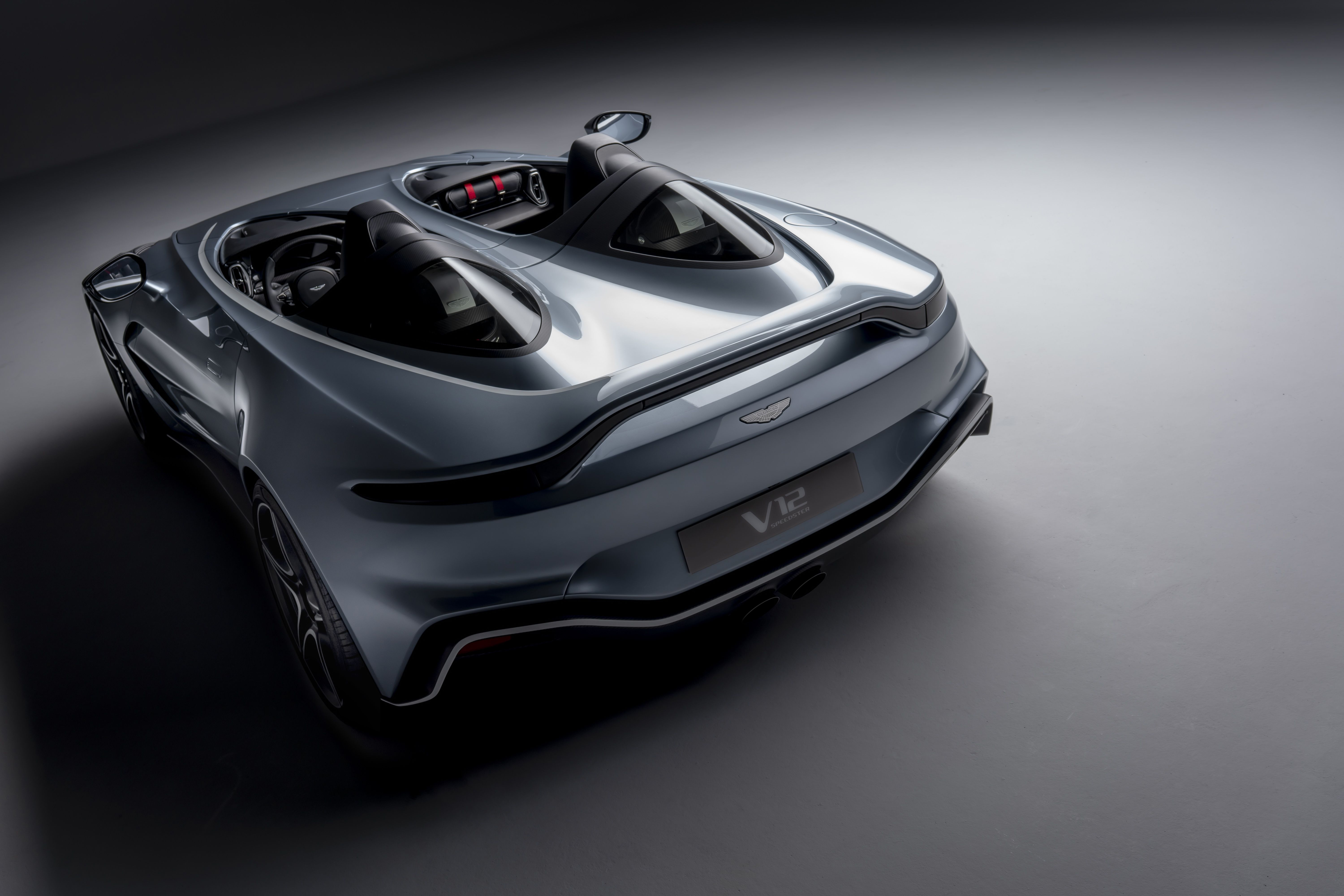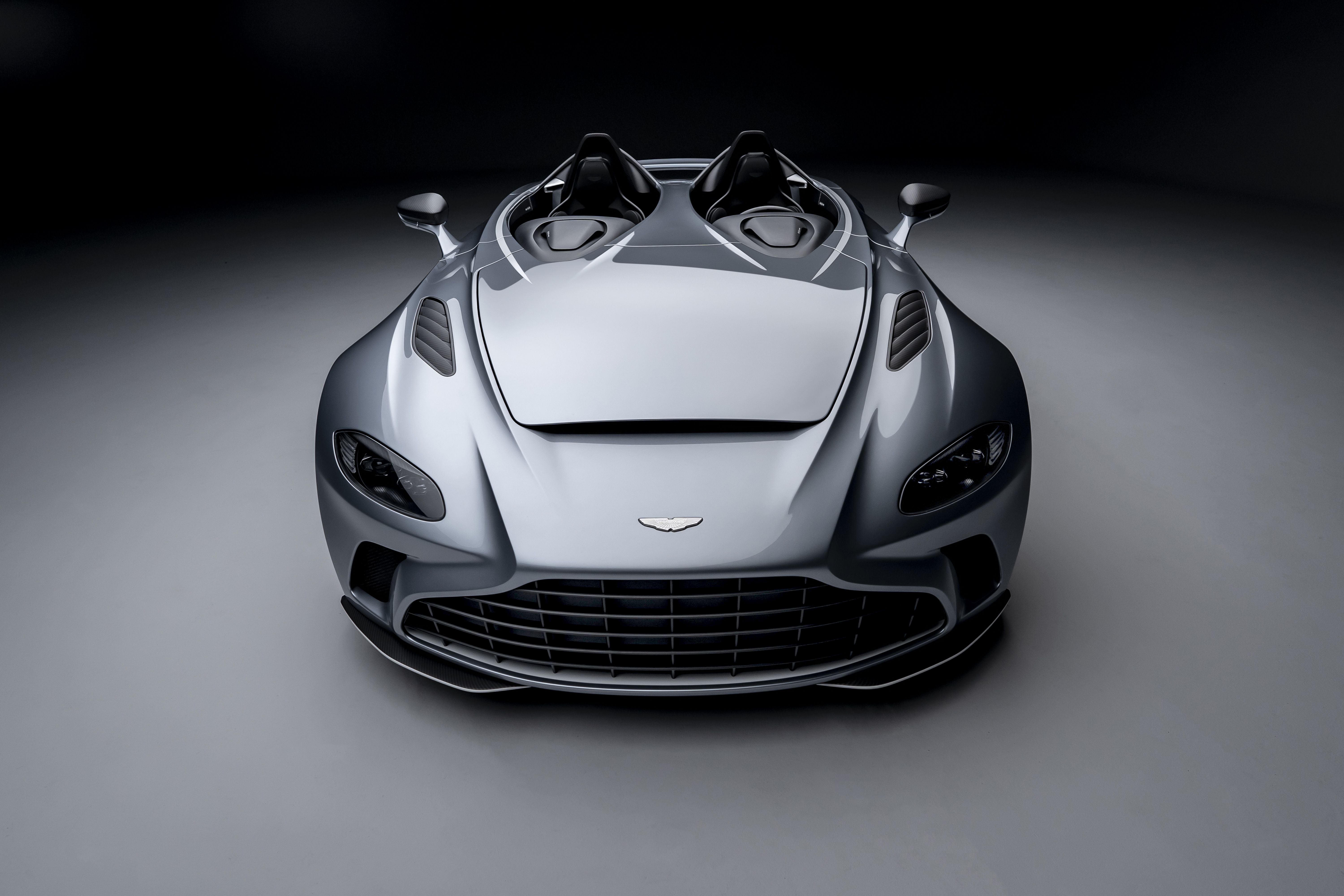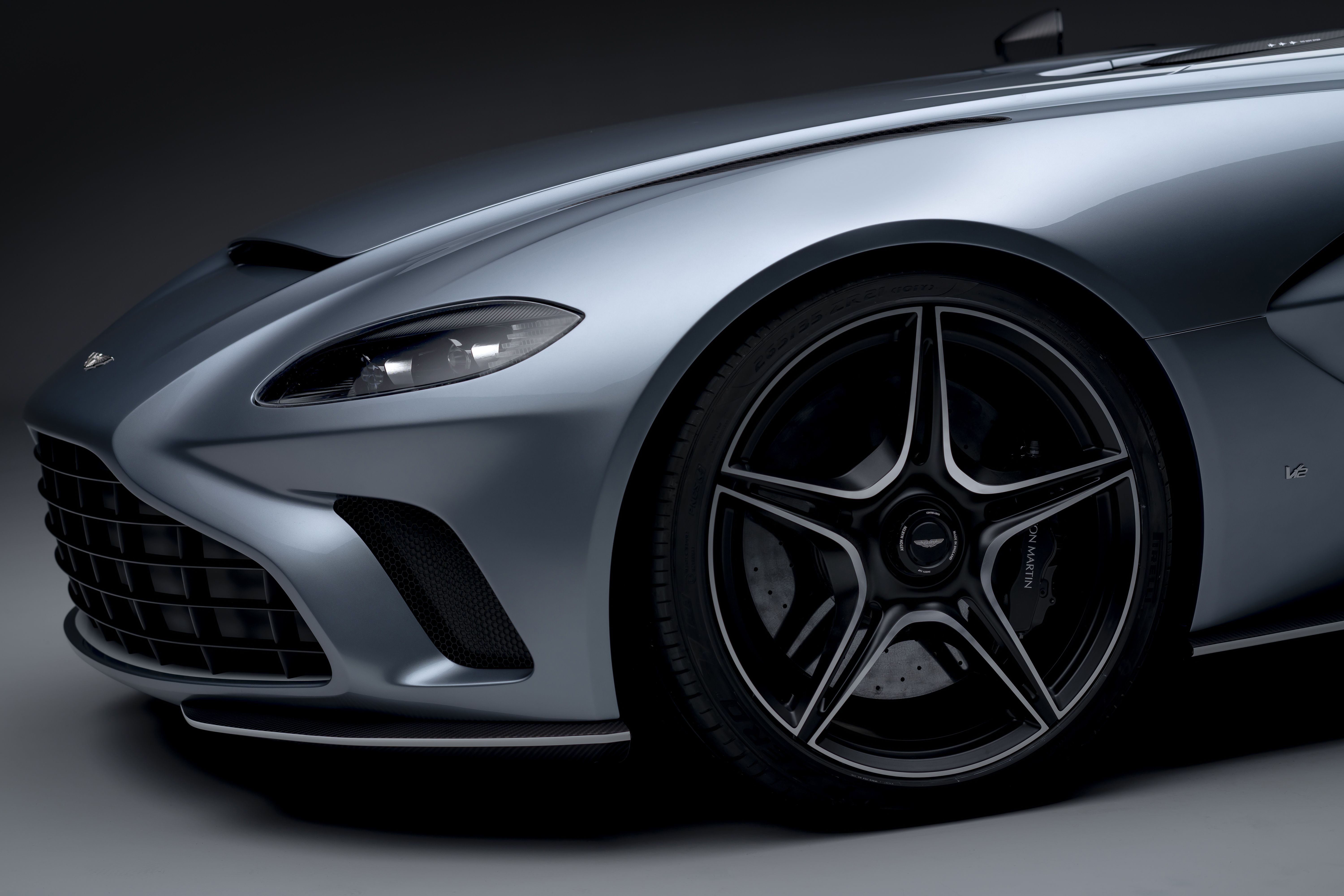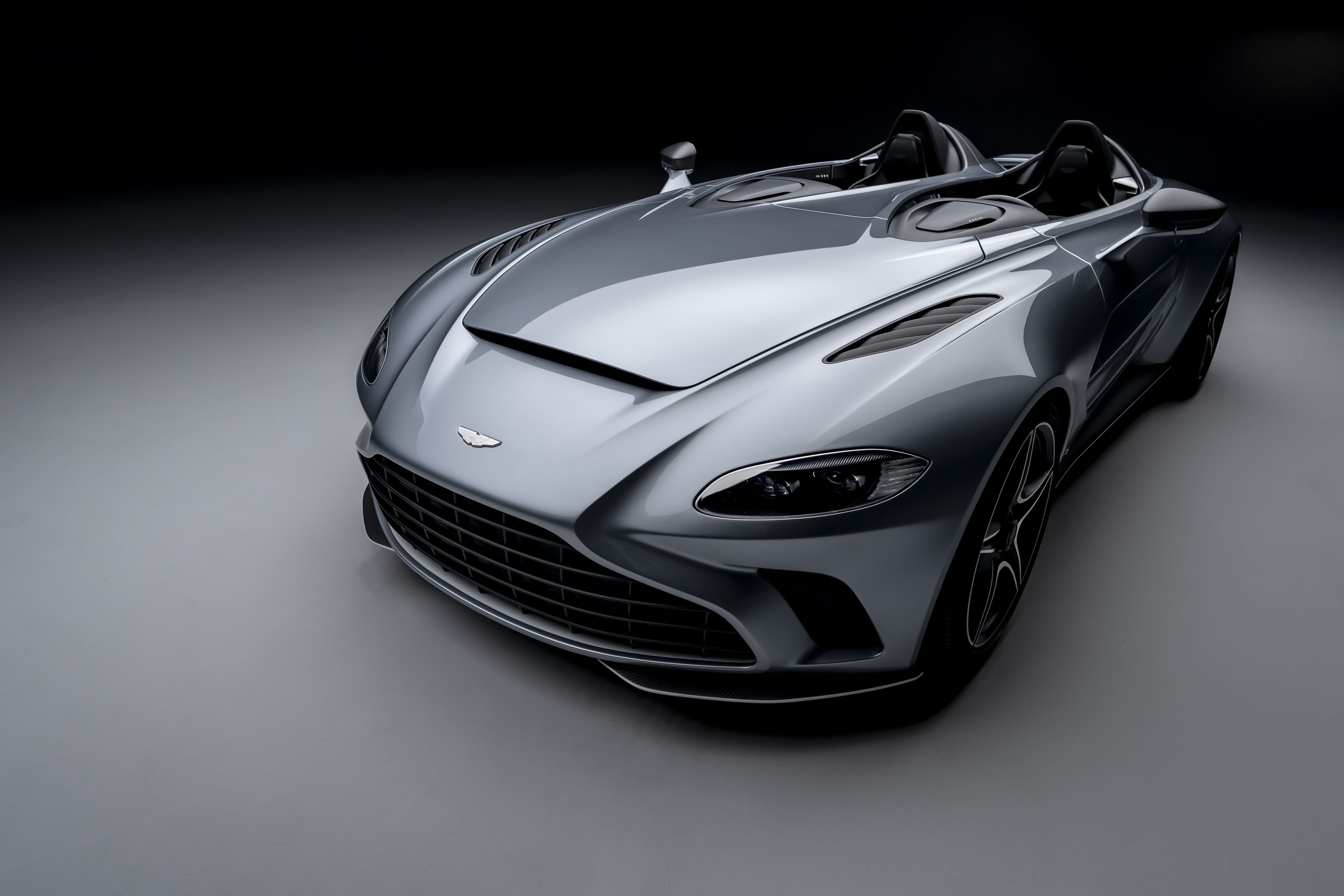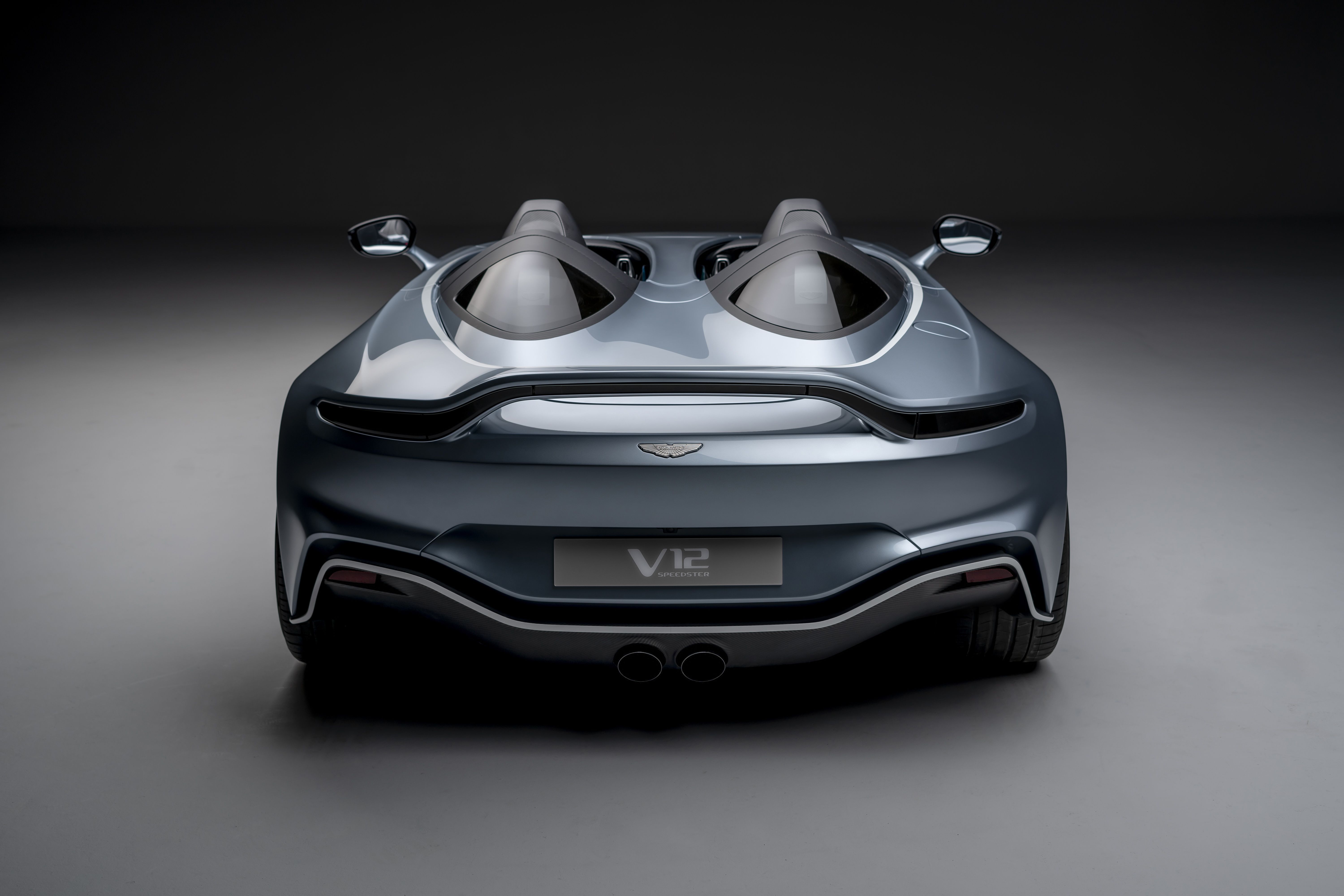Aston Martin just unveiled a new, limited-edition, and very expensive supercar. It features a V-12 engine with almost 700 horsepower and boasts a speedster design with no windshield, but with two sexy flying buttresses behind the seats. It's freaking awesome and it's a cool tribute to the company's early race cars, but it's also ridiculous and pointless. Here's why.
You can't drive it anytime you want
Windshields have been around since the early days of the automobile. They were created to protect passengers from wind and rain.
When racing became mainstream and carmakers established their own teams, race cars were designed without windshields or with tiny and transparent shields in front of the driver. That's how the speedster was born that's why we keep seeing limited-edition supercars like these ones surface every now and then.
While the idea helped keep race cars light, it's far from practical when it comes to road cars. Especially if they come with a separate windshield or roof you can attach to the body. This comes with strict limitations as to when and where you can drive the V12 Speedster. If it's raining, not only you'll have to cope with water hitting your face, but the entire cabin will get wet. While many enthusiasts will endure the wind and the sun to have fun in such a car, I'm pretty sure no one wants a million-dollar vehicle with a soaked interior.
Things become worse if you live in areas that get lots of rain. If you live in Great Britain and surrounding countries, you might get only a few chances a year to actually enjoy this car. Planning a weekend at a race track will be rather annoying. Not to mention that this car will spend several months in a garage during cold winters. Sure, we can argue the V12 Speedster is more of a garage queen rather than a daily driver, but what's the point of having almost 700 horsepower if you can't enjoy them any day of the week?
It's not as quick as it should be
This deficit makes the V12 Speedster a tenth-second slower to 62 mph. While the drop-top hits the benchmark in 3.5 seconds, the coupe gets there in 3.4 clicks. Sure, you can argue that the speedster layout is also to blame and that it doesn't matter all that much given the limited-edition status, but this car is also only marginally quicker than the Vantage Roadster. And that car is fitted with a smaller, 4.0-liter V-8 rated at 503 horsepower and 505 pound-feet of torque. And despite the 187-horsepower and 50-pound-foot deficit, the Vantage Roadster hits 62 mph in 3.7 seconds, only two tenths slower.
At around $1 million a pop, the V12 Speedster should be quicker. Especially since it has a carbon-fiber body and it should be notably lighter than the Vantage. PR is always better when you can sell a million-dollar car with the tagline "the quickest we ever built."
It looks like a chopped-off Vantage
Sure, it also features a few different and more aggressive design cues here and there and flying buttresses are as sexy as they get, but it's still a modified Vantage.
Considering the Vulcan and upcoming supercars like the Valkyrie and the Valhalla, it's pretty obvious that Aston Martin has the skills to rebody a platform to offer a unique vehicle, but for some reason it decided to keep things simple here. And again, that's pretty disappointing given the price tag.
Yes, I know it sounds like a rant coming from someone who can't afford a V12 Speedster. And I'm also aware that this supercar will sell out in no time. I like the V12 Speedster a lot and I understand its purpose. My main issue is that Aston Martin, much like other sports car manufacturers, is building way too many garage queens nowadays.
A removable targa-style roof would have improved the Speedster's practicality dramatically, while a few more bespoke parts would have set it apart from the (somewhat) more mundane Vantage.

